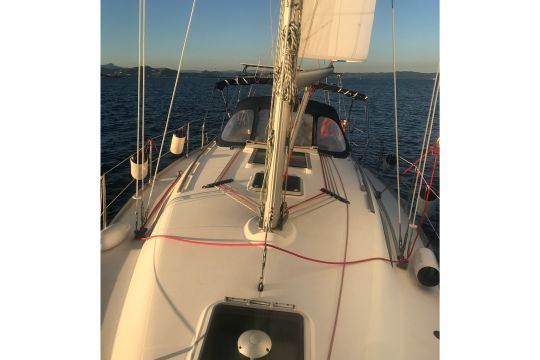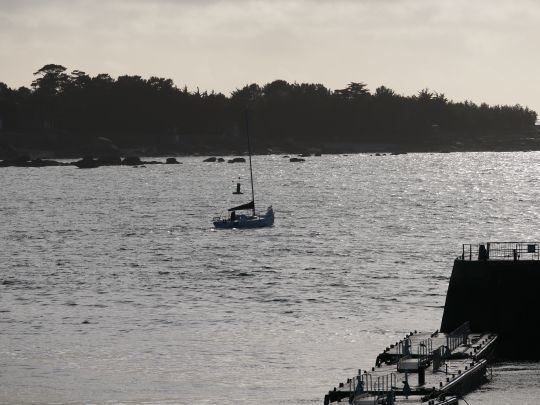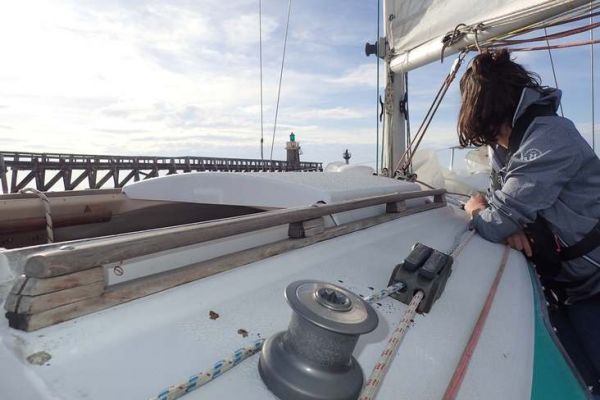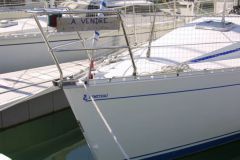Boaters often chase the extra metre and a bigger boat. But what are the advantages and disadvantages of a bigger boat?
Length and speed
The difference between a 9-meter and a 12-meter boat is obviously their respective lengths. a 12-meter boat is just 3 meters longer than a 9-meter boat. At first glance, this may seem relatively modest, but a boat's speed is a function of its hull length. It's difficult to give figures, as each boat is unique, but we can easily add a knot to the average for a sailboat. For example, a 9m standard can achieve an average speed of 5 knots on a long crossing, while a 12m equivalent can easily reach 6 knots. Obviously, performance depends on other factors such as hull design, weight, sails, equipment...

Performance and Stability, Space and Comfort
Sailors tend to say that sailing is more comfortable on a longer boat. In rough conditions, length, by reducing pitching, can make sailing more comfortable.
In terms of comfort, a 12-meter boat can boast more living space, cabins, storage and facilities, making it more suitable for longer voyages or for inviting people aboard. What's more, water and fuel reserves are often greater, offering greater autonomy.
Handling and accessibility
It's generally considered that the smaller the boat, the easier it is to maneuver, unless a larger boat is fitted with a bow thruster. What's more, smaller boats can be more agile in small spaces such as anchorages or crowded harbors.
Generally speaking, a small boat has a shallower draft, which means it can get closer to the beach when anchored. It also allows access to shallower areas, enabling adventures that a deep draft would not allow. We're thinking in particular of the bottoms of estuaries and bays in Brittany, or for more distant destinations, the Bahamas, reserved for "shallow" drafts!

Small boat, small problem. Big boat ...
The big difference with every extra metre is general maintenance. Everyone knows the expression "small boat, small problem". On a larger boat, the sail area will be larger, the rigging will be larger, the parts, pulleys and ropes will be larger, there will often be more through-hulls... As you can see, the bigger the boat, the bigger the dimensions, and the more expensive it is.
Multiplied prices for wet and dry berths
The more the years go by, the longer the boats sold: the search for comfort, autonomy... One notable difference is the price in port: sometimes it varies from simple to double for an extra 2 to 3 meters. Similarly, for careening and boatyards, prices are calculated according to the boat's length, or length x width surface area. When it comes to invoicing, owners of smaller boats will be pleased with their choice.
Each size has its advantages and disadvantages, and it's important to be aware of them to make an informed choice. Smaller boats are currently sailing around the world, while larger yachts have been in port for decades. So it's not size that counts, but the sailor's motivation...









